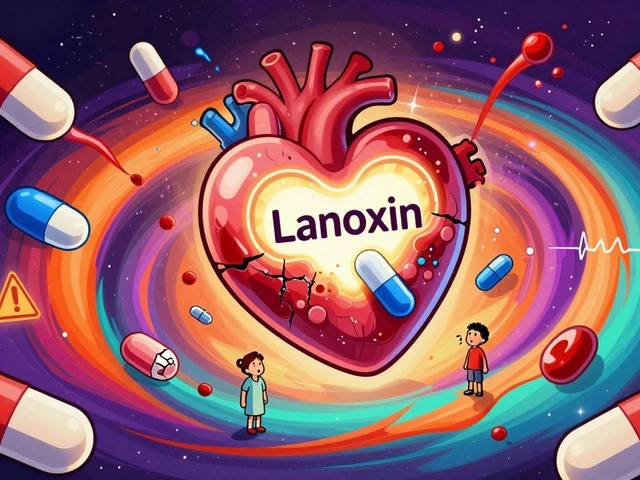Plaque Psoriasis Treatment: Options, Strategies, and What Works
When dealing with Plaque Psoriasis Treatment, the medical approach to managing the most common form of psoriasis that appears as raised, red, scaly patches on the skin. Also known as psoriasis plaque therapy, it aims to reduce inflammation, slow skin‑cell growth, and improve quality of life. If you’re looking for the best plaque psoriasis treatment options, start with the basics: topical steroids, creams or ointments that calm local inflammation and shrink plaques quickly. These are the first line for mild to moderate cases and form the backbone of most treatment plans. The next tier involves systemic biologic therapy, injectable or oral medications that target specific immune pathways like TNF‑α, IL‑17, or IL‑23. Biologics are reserved for moderate‑to‑severe disease or when topicals fail, and they have reshaped what patients can expect in terms of skin clearance. A third pillar is phototherapy, controlled exposure to ultraviolet light that slows the rapid turnover of skin cells. UVB and PUVA treatments are especially useful for patients who prefer non‑drug approaches or who need a bridge while waiting for biologics to take effect. Together these options create a layered strategy: plaque psoriasis treatment includes topical steroids, systemic biologics, and phototherapy, each addressing the disease from a different angle.
Key Treatment Categories and How They Interact
Beyond the three main categories, lifestyle modifications act as a silent partner in every plan. Stress reduction, weight management, and smoking cessation have been shown to lower flare‑up frequency, so lifestyle changes, daily habits that reduce systemic inflammation and improve skin health are often recommended alongside medication. This creates a semantic link: lifestyle changes influence plaque psoriasis severity, and when combined with topicals or biologics, they can boost overall effectiveness. Another important connection is the concept of combination therapy. Clinicians frequently pair a topical steroid with a short course of phototherapy, or add a low‑dose oral retinoid to a biologic regimen, because the sum of the parts often outperforms any single option. The relationship can be expressed as: combination therapy often combines two or more of these approaches to achieve faster and more durable results.
Understanding these relationships helps you navigate the vast landscape of plaque psoriasis treatment. Below you’ll find a curated collection of articles that compare specific drugs, explain safety profiles, and give practical tips on choosing the right regimen for your situation. Whether you’re curious about the latest biologic, need a clear picture of phototherapy options, or want to fine‑tune your topical routine, the posts ahead break down the details you need to make an informed decision.
Light Therapy Benefits for Plaque Psoriasis Relief
Discover how light therapy eases plaque psoriasis, its types, effectiveness, safety, and practical tips for using clinical or home phototherapy treatments.





